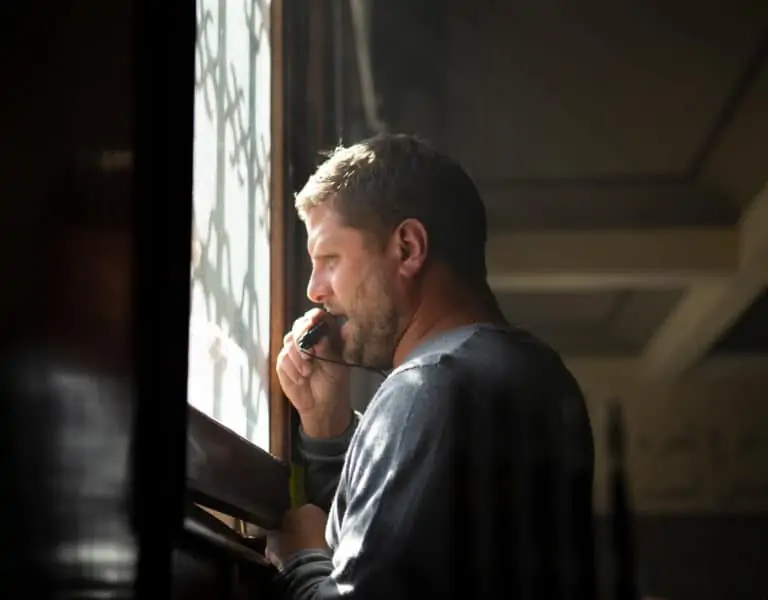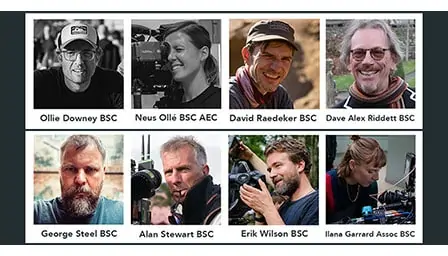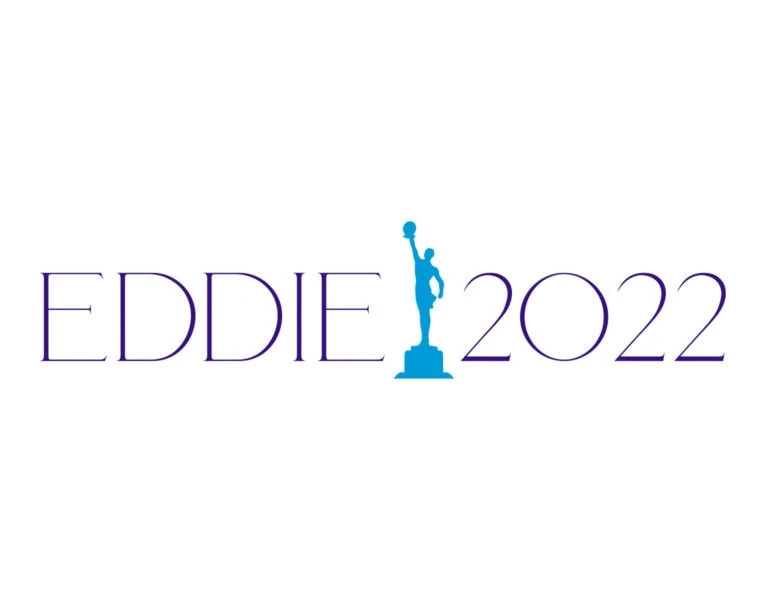Shining a Light On...
Gaffers 'R' Us / Eddie Knight
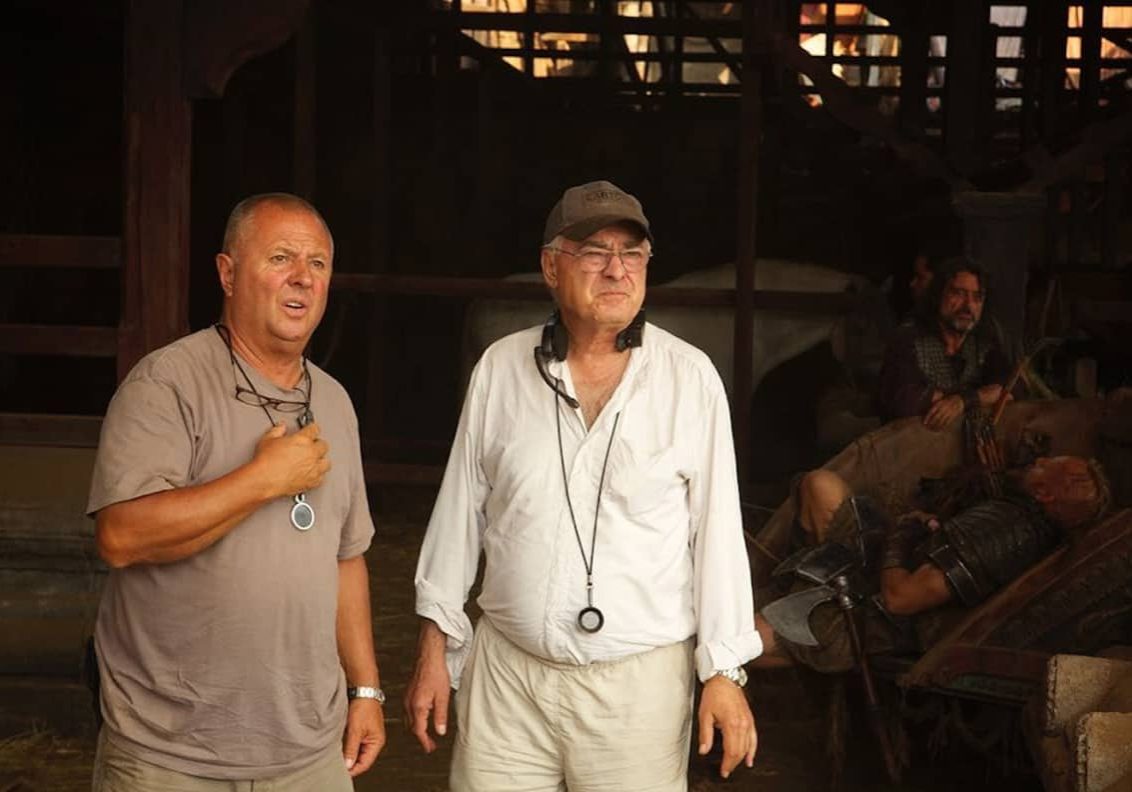
Shining a Light On...
Gaffers 'R' Us / Eddie Knight
Lead image: On Hercules in Budapest with DP Dante Spinotti
BY: David Wood
Fact file:
Age: 69
Born: East London
Training: Lee Lighting
Lives: Wanstead
Hobby/Passion: Trips to Catalunya, Spain
Selected Filmography (so far):
The Kid Who Would Be King (2018)
The Professor And The Madman (2018)
Film Stars Don't Die In Liverpool (2017)
Spectre (2015, gaffer: second unit)
Maleficent (2014)
U Want Me 2 Kill Him? (2013)
Skyfall (2012, additional gaffer)
War Horse (2011, gaffer: UK)
Gulliver's Travels (2010)
The Chronicles of Narnia: Prince Caspian (2008)
Charlie Wilson's War (2007, gaffer: second unit, Morocco)
Casino Royale (2006)
Basic Instinct 2 (2006)
Star Wars: Episode III – Revenge Of The Sith (2005)
The Hitchhiker's Guide To The Galaxy (2005)
Die Another Day (2002, electrical supervisor)
Laura Croft: Tomb Raider (2001, gaffer: second unit)
Bridget Jones' Diary (2001, gaffer: additional photography)
Vertical Limit (2000)
Star Wars: Episode 1 – The Phantom Menace (1999)
Rob Roy (1995, chief lighting technician)
The Commitments (1991, best boy)
The Mission (1986, best boy)
The Killing Fields (1984, electrician)
Chariots Of Fire (1981, electrician)
Lucky break
I was an electrician originally. A colleague of mine said I should give Lee Lighting a call, as they had work on a film coming up that I might be interested in. He put the phone number in my pocket. Soon after I had an argument with my work supervisor and walked out. I instantly regretted it. I thought, 'What have I done? I've got two young kids and a big mortgage to pay!' So I went to the phone box and gave Lee's a call, and went to see Jackie Rowden on a Tuesday and started on Wednesday. I made just one call and that was that. When my mate came back to the UK and asked what I was up to, I said I was working on the film. He couldn’t believe it – he’d been trying to get that gig for a year.
Global career
It was immediately very clear that film was in a very different world. There were thousands of different lamps, cables and clamps I needed to learn about. Since I've made the jump from electrician to best boy and gaffer, I've been lucky enough to travel the world. Once, Stewart Monteith, my best boy, and myself were talking about countries we hadn't been to and decided that we hadn’t done Australia, New Zealand and Japan. Five minutes later, our DP David Tattersall BSC walked into the room and said 'You’re going to get a call about working in New Zealand'. I reckoned he must have overheard us talking and was winding me up. But sure enough, I got a call to work in New Zealand on Vertical Limit for ten months. While I was there I got call from the Star Wars producers and followed-up New Zealand with a job on the Star Wars trilogy in Australia. It was weird that we were talking about how I’d never been to New Zealand and Australia, and suddenly I’d done them both back-to-back.
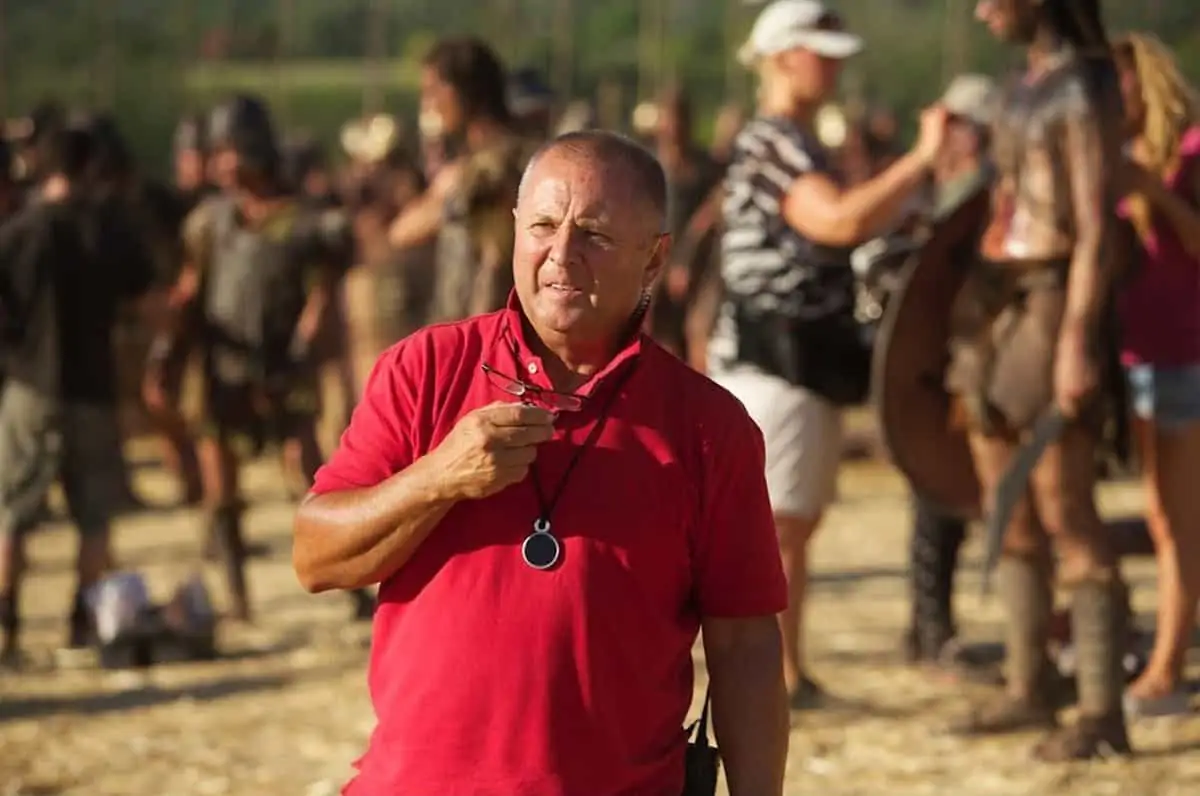
The ideal DP relationship
Everybody's different. Some DPs go in for a lot of shouting and swearing on-set. They are essentially bullies who pick on people, and that negative vibe can transmit through the whole crew. I like to work with characters, but not screamers and pointers. I don’t shout and scream at my team. I like to work with cameramen who will actually listen to your ideas, have a chat and show me the drawings. I find that DPs who you have a good relationship with might say – ‘Eddie, just go and do it.’ Or I’ll say, “How about we do a test tonight, and if you don’t like it you can change it in the morning?” Nine times out of ten they say it’s good when they come in.
Rigging soft lighting on Hercules
Working with Dante Spinotti AIC ASC on Hercules, I couldn't wait to get to work in the morning. What I liked about it was the camera crew talking about food and wine all day, and that Dante was able to see things I couldn’t see. On a big night exterior shoot I suggested some 50 x 50ft soft boxes for some soft top light. But he had other ideas. He asked me to build a rig along the top of an 80ft stage covered with 44 Dinolights, each containing 24 x 1KW bulbs, all on dimmers. That's a lot of KW! At 4pm when the light went he asked “Shall we have a bit of sunset?” and we turned on the Dinos. It was beautiful, it was a great rig which everyone loved doing, but it was Dante who saw the possibility.
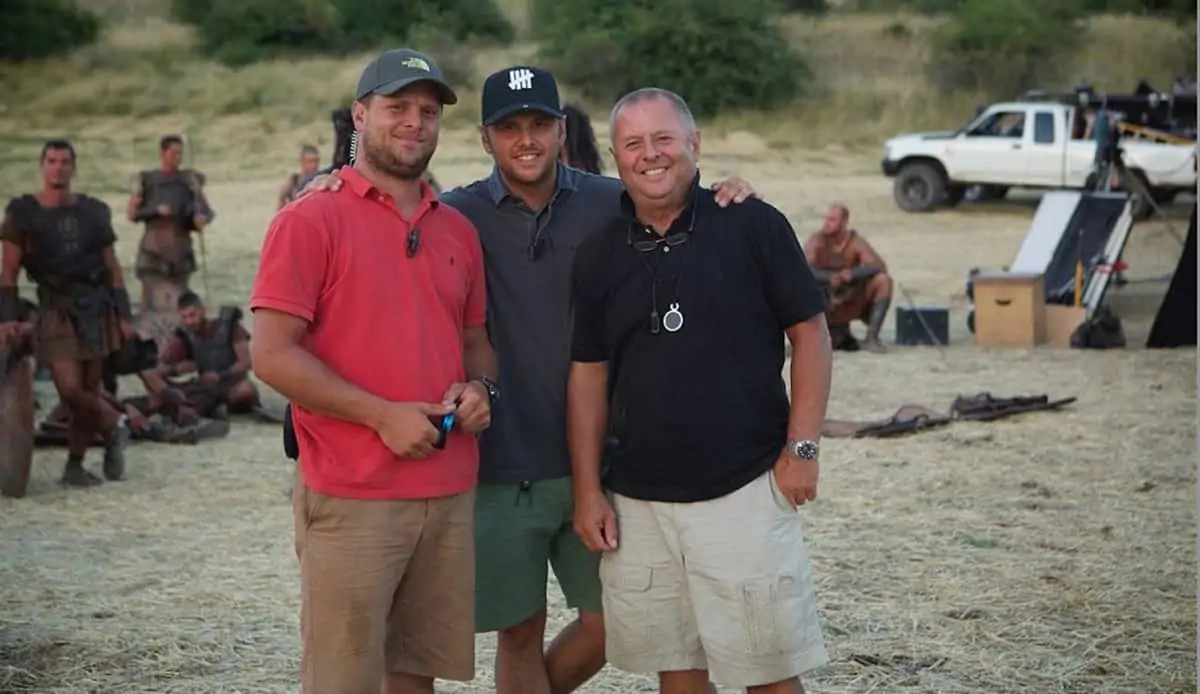
Family affair
I have four sons – Jamie, Lee, Ben and Joe – and they all work with me now, which is nice. Plus two nephews and a brother-in-law. They all do different things. My brother-in-law likes rigging, while my boys like being around the camera. The eldest two are working on Game Of Thrones. It's nice for my sons to be going up the hill in filmmaking while I’m going down with other side. But there are other key crew members who I wouldn't be without, such my best boy Stewart Montieth and HOD rigger Bill Beenham.
LED v Tungsten v HMI
When I did Dr Strange with Ben Davis BSC, we worked out that Tungsten space lights would be too expensive in terms of the cost of hiring and running them. Our producer said that LEDs would be too expensive, but they worked out cheaper in the long run, particularly in fuel and labour costs, and partly because they are instant and flexible. So say '8,000K please' on the radio and bang, it's done. They save so much time it’s unbelievable. Otherwise you’d have to call a night team in to change the gels to be ready for the morning.
These days the cameras are so sensitive you don’t need so much light. But all lighting sources have their advantages and disadvantages. There's still a case for using Tungsten over LEDs in some situations. If, for instance, you wanted just a shaft of light you’d use a 20K and/or 18K HMI. There isn’t an LED for that. Not yet, anyway.
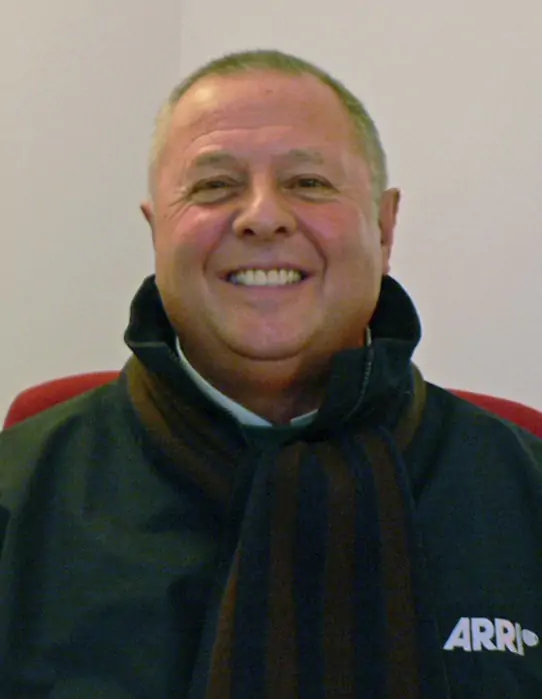
"A great gaffer like Eddie has a vast technical knowledge of movie lighting and rigging equipment, and instinctively knows what gear combinations will solve all of the unique lighting puzzles.
He asks the right questions too: What story are we telling here? What is the photographic mood for this scene? How should it feel? How can we shape that mood with light and shadow and colour?"
- David Tattersall BSC
Lighting styles
Working on Spectre as gaffer on the second unit with Peter Talbot, I noticed that when I walked on the set there wasn’t a single lamp facing the set. It was all lit with light bounced off the walls, which I have to admit looked absolutely beautiful. These days it's much more about softer lighting and subtlety, rather than hard lights and dark shadows. On Phantom Of The Opera once, we were shooting the Phantom creeping around the rigging above the stage. We put some smoke in and lit it with just one lamp and it looked brilliant. If you can do that with just one lamp, they why not just leave it alone? – less can be more.
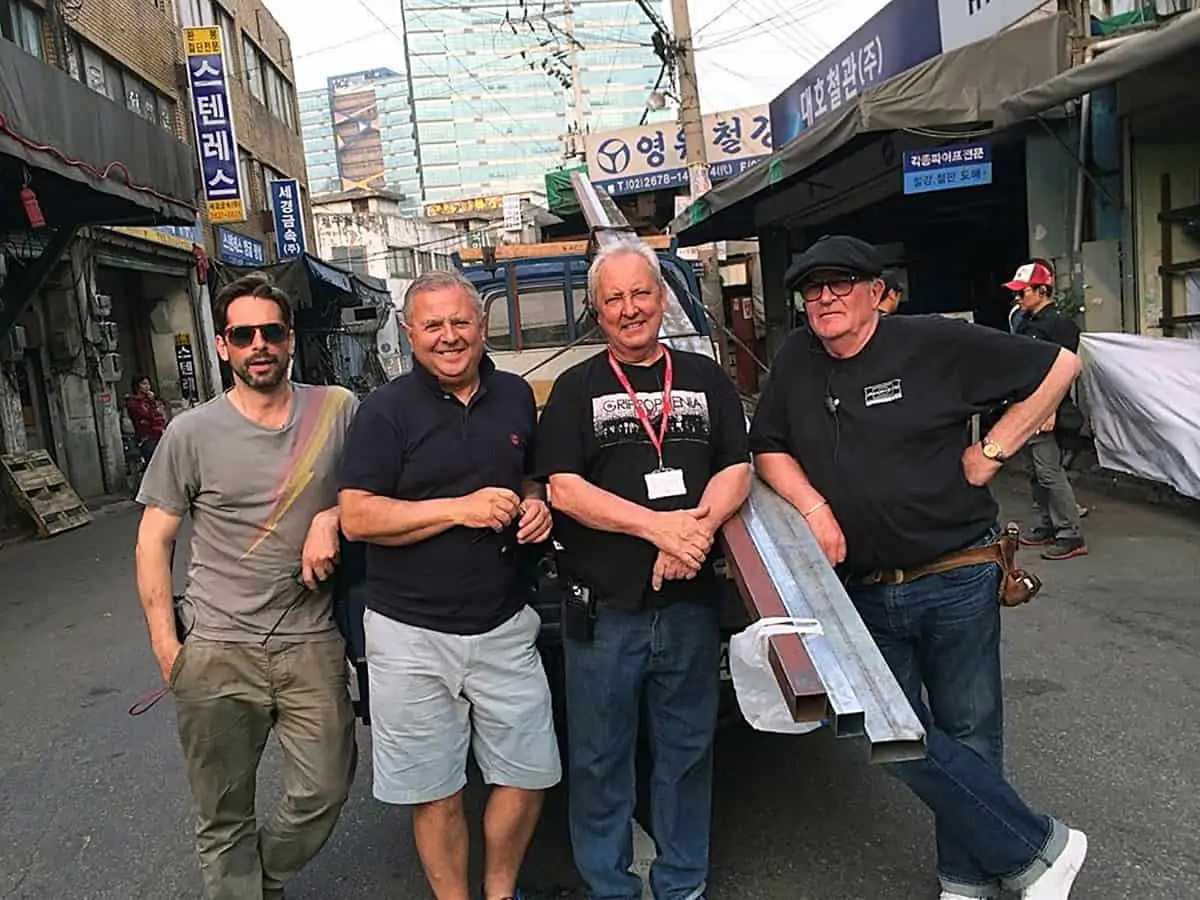
Cinematographer Dean Semler ACS ASC says:
What can I say about the great Eddie Knight? Except that he is maybe the best gaffer I have ever worked with. With his fabulous team, full of his sons, he planned and lit several of the biggest studios for me at Pinewood for the Disney movie Maleficent. Other than greenscreen, these were the largest stages I ever had to light, with beautiful, wall-to-wall sets designed and built by masterly English craftsmen.
Eddie constantly offered exceptional creative ideas, and gave me many choices. Always with the budget in mind. The schedule changed constantly, which had us jumping from one studio to another. But Eddie never got caught. He made sure the stages were always lit and ready.
Making a movie can overtake one’s life a bit, especially one as gigantic as Maleficent. However, for me, it was always a treat just to see Eddie and his boys each morning – him with his rich cockney accent, and me with my Aussie version of English – not only discussing the day’s shoot, but simply telling some of the hundreds of stories we each had experienced and, of course, with a few jokes thrown in. We laughed a lot. I loved every moment of every day with Eddie, one of the greatest gaffers and a truly great gentleman.
Cinematographer David Tattersall BSC says:
My advice to a young cameraman would be to hire the gaffer with the most experience. If your director tells you he needs to shoot 55 set-ups today, or it's the first time you have to light up the 007 Stage, or the weather has crapped-out half-way through the coverage… when things need to happen at lightning-speed, but still with artistry, subtlety, drama and safety, you need a very good gaffer at your side. A gaffer who knows his sh*t! Gaffers are the unsung heroes who make the cinematographer's napkin sketches real.
I was lucky to have Eddie by my side when we were up against it, working with ambitious directors and tight schedules on films like Star Wars: Episode III – Revenge Of The Sith and Die Another Day. Battling the weather on Mount Cook and again in the Sahara Desert. In palaces and mud huts, on gondolas and fishing trawlers, in planes, trains and space-ships, Eddie's bag of tricks got me out of trouble countless times!
A great gaffer like Eddie has a vast technical knowledge of movie lighting and rigging equipment, and instinctively knows what gear combinations will solve all of the unique lighting puzzles that every production offers up.
And he asks the right questions too: ‘What story are we telling here?’ ‘What is the photographic mood for this scene?’ ‘How should it feel?’ And, ‘How can we shape that mood with light and shadow and colour?’ And then practically: ‘Do we need maxi-brutes to build up the key?’ Or, ‘Will it be more effective to use a "negative" wall and open up on the camera?’ ‘Will it look better?’ ‘Will we save time?’ Gaffering is a huge area to master – and Eddie has it covered.

